- Home
- Outdoor Equipment
- Pressure Washers
.....Read More
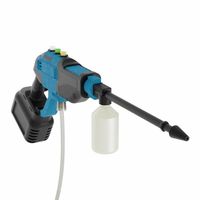
Battery-Powered Pressure Washers

Duct, Tank & Manhole Cleaners for Pressure Washers
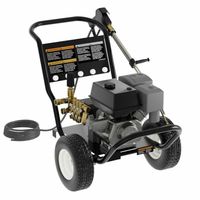
Electric Pressure Washers
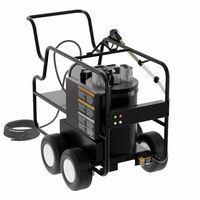
Gas-Powered Pressure Washers
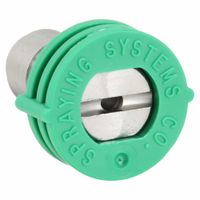
Nozzles for Pressure Washers

Pressure Washer Detergents

Replacement Parts for Pressure Washers
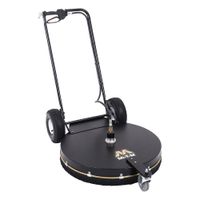
Rotary Surface Cleaners & Water Brooms
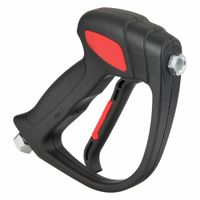
Spray Guns, Wands & Foamers for Pressure Washers
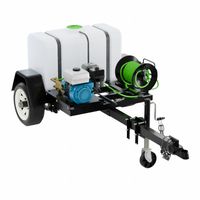
Trailer Pressure Washers
Frequently Asked Questions
What is the best pressure washer for home use?
How do I choose the right pressure washer?
What is the difference between electric and gas pressure washers?
How much PSI do I need for a pressure washer?
Can you use a pressure washer on a car?
How do you maintain a pressure washer?
What detergents can be used with a pressure washer?
How do you winterize a pressure washer?
Are pressure washers safe to use on all surfaces?
What accessories are available for pressure washers?